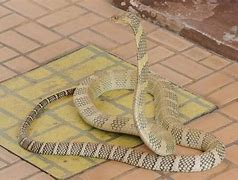
Enjoy 10% off on your first online order
Sign up for our introductory offer and hear all about new drops, collaborations and much more.
Please enter a valid email address.
A bag is an item that, when equipped in a bag slot, increases the capacity of slots in a character's inventory. They come in a variety of sizes, from 4 to 32 inventory slots, and sometimes have special features.
All characters start with a 20 slot Starter Backpack equipped in the first bag slot. Characters on a free account have 3 bag slots unlocked, characters on a paid account (core game or with any expansion) have 5 bag slots unlocked. Additional bag slots can be unlocked through the Gem Store purchase on a per-character basis, for a total of 15 bag slots per character.
Bags can be categorized into types with different properties, such as specific item types filling them before other empty spaces, contents remaining in position when sorted, and contents remaining hidden from other functions.
Bags may be found as low-level loot, purchased from vendors, crafted, or given as rewards for completing achievements, the personal story, and Living World events.
These bags are given as rewards for completing various content. Note that each of the Olmakhan Bandoliers require a mandatory donation of the previous tier to obtain the next.
Bags of a wide range of sizes and functionalities can be crafted by Tailors, Leatherworkers, and Armorsmiths. Basic bag recipes are learned automatically upon reaching the appropriate level. Specialty bag recipes must be discovered. Two unique (but basic) bags, Ogre Bag and Wrangler's Bag, are learned via recipe sheet.
Crafted bags require up to three ingredients:
These bags were given out during specific Living World events, or sold by vendors that have since been removed from the game, and are thus no longer obtainable.
it's pretty, it's light, it's strong and I am excited to be supporting crafts people in Myanmar, a country I have visited and now is under political siege. Thank you!
This document lists various monster materials and their quantities traded between different traders over specific trading periods, with prices listed in units of spina for some materials. It shows traders exchanging items like monster skins, furs, claws, fabrics and crystals in quantities ranging from 1 to hundreds between the years 87 to 100.























